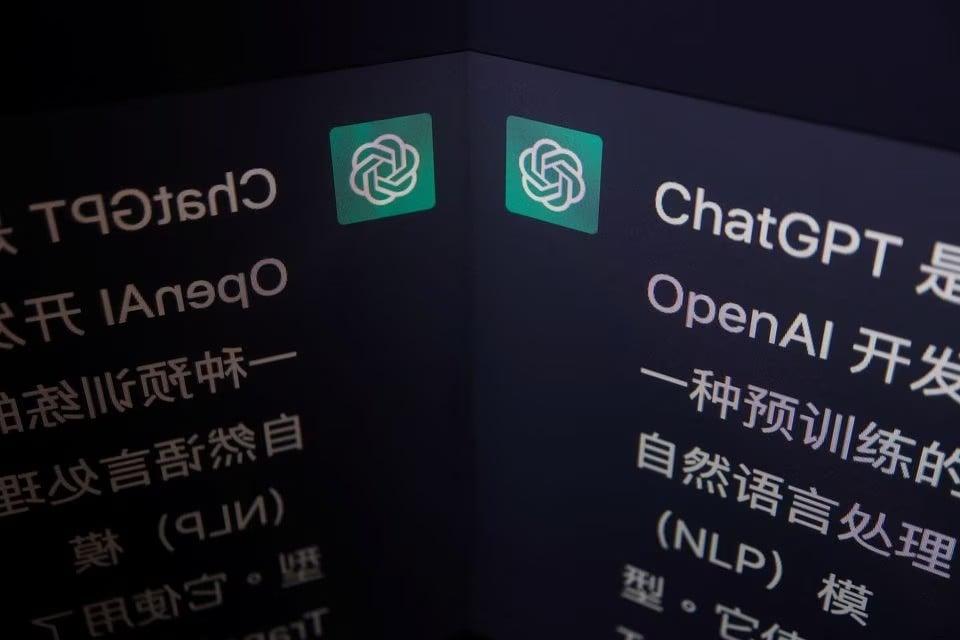
What is a smart contract?
smart contracts are getting that coded and put away on the blockchain. They robotize arrangements between the maker and beneficiary, making them permanent and irreversible. Their main role is to computerize the execution of an arrangement without go-betweens, guaranteeing that all gatherings can affirm the end quickly. Moreover, they can be customized to start a work process in light of explicit conditions.
All in all, what is an executed agreement? An executed agreement as far as a brilliant agreement alludes to the fruitful consummation of the understanding customized into the shrewd agreement. When every one of the circumstances determined in the code of the brilliant agreement is met and the necessary activities are played out, the agreement is thought of as executed. Promoted by the Ethereum blockchain, brilliant agreements have prompted the organization’s variety of decentralized applications (DApps) and other use cases.
One critical advantage of blockchain networks is the robotization of undertakings that generally require an outsider middle person. For instance, rather than requiring a bank to endorse an asset move from a client to a specialist, the cycle can happen naturally because of a shrewd agreement. This decreases the time and cost engaged with customary agreement execution.
Another model could be decentralized mediation through shrewd agreements, which is a cycle by which debates between parties are settled without the requirement for a conventional general set of laws or bringing together discretion authority.
The shrewd agreement would then be conveyed on a blockchain network. In case of a conflict, the brilliant agreement would get proof and contentions from the two players. The intervention would then be completed naturally through the shrewd agreement, either utilizing a foreordained rundown of referees indicated by the two players or a decentralized organization of mediators.
When a choice is reached, the brilliant agreement would naturally execute the choice, for example, moving assets to the triumphant party or delivering the item or administration to the fitting party.
This article will make sense of the historical backdrop of shrewd agreements, how savvy contracts work, and why brilliant agreements are significant.
How truly do brilliant agreements function?
Think savvy contracts as computerized “on the off chance that” articulations between (at least two) parties. On the off chance that one gathering’s requirements are met, the arrangement can be regarded, and the agreement is thought of as complete.
Suppose a market requests a rancher for 100 ears of corn. The previous will get assets into a savvy contract that can then be supported when the last option conveys. At the point when the rancher conveys their commitment, the assets will promptly be delivered — i.e., after the satisfaction of a lawful agreement. Nonetheless, the agreement is dropped and reserves are turned around to the client in the event that the rancher misses their cutoff time.
Obviously, the above is a little use case. Brilliant agreements can be modified to work for the general population, supplanting legislative orders in retail dealings, among different advantages. In addition, savvy agreements would possibly eliminate the requirement for bringing specific conflicts into court, saving gatherings both time and cash.
This security is to a great extent because of the basic savvy contract code. On Ethereum, for example, contracts are written in its Robustness programming language, which is Turing-finished. This implies that the guidelines and constraints of savvy contracts are incorporated into the organization’s code, and no troublemaker can control such principles. Preferably, these restrictions would alleviate tricks or secret agreement changes.
Not at all like most blockchain networks, which are portrayed as a circulated record, Ethereum’s viewed as a conveyed state machine, containing what’s known as the Ethereum Virtual Machine (EVM). This machine state, of which all Ethereum hubs consent to keep a duplicate, stores savvy contract code and the guidelines by which these agreements should withstand. Since each hub has the guidelines heated in by means of code, all Ethereum shrewd agreements have similar constraints.
Recognize parties and lay out the conditions of the arrangement
Recognizing the gatherings in question and coming to a settlement based on the agreement’s conditions and conditions is the principal stage in making a brilliant agreement. The provisions of the agreement, the commitments of each party, and the guidelines for contract execution are totally portrayed in this arrangement.













